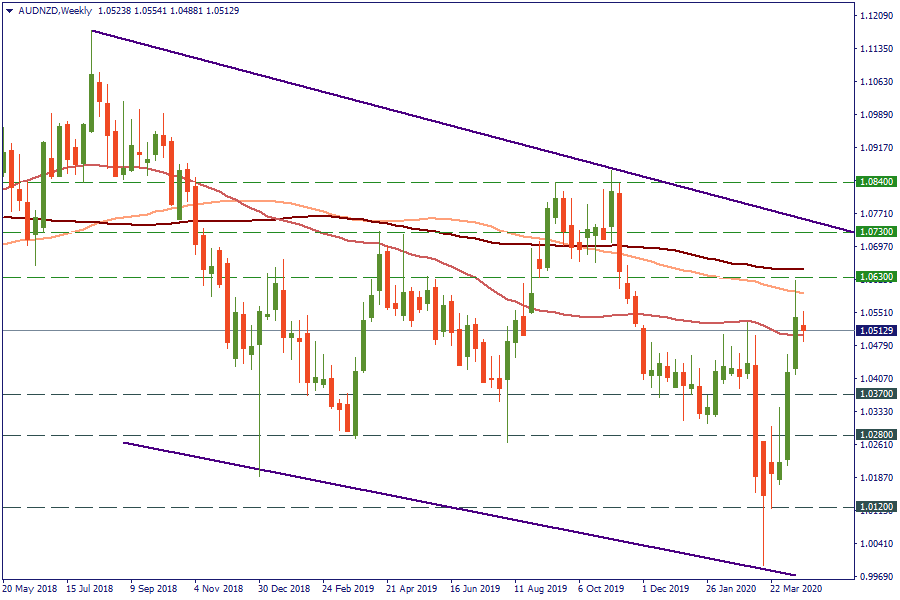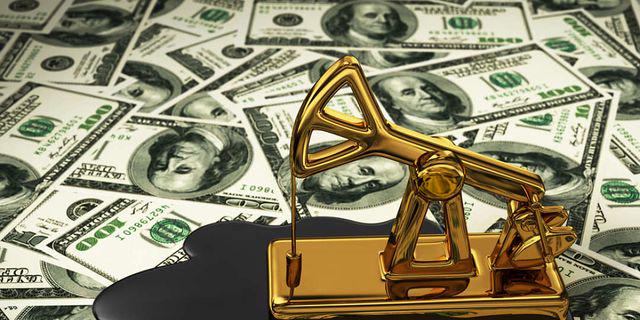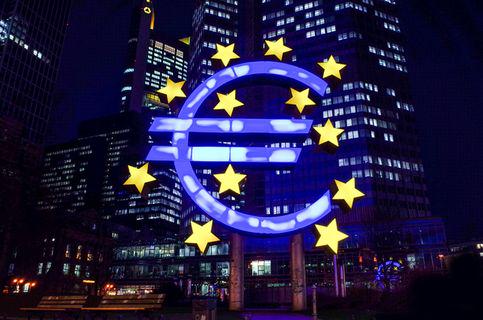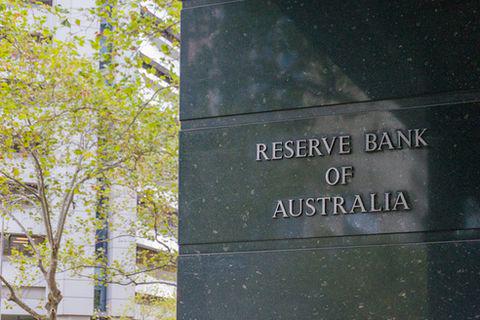
The G20 summit took place in Bali, Indonesia, on November 2022…

Don’t waste your time – keep track of how NFP affects the US dollar!
Data Collection Notice
We maintain a record of your data to run this website. By clicking the button, you agree to our Privacy Policy.

Beginner Forex Book
Your ultimate guide through the world of trading.
Check Your Inbox!
In our email, you will find the Forex 101 book. Just tap the button to get it!
Risk warning: ᏟᖴᎠs are complex instruments and come with a high risk of losing money rapidly due to leverage.
71.43% of retail investor accounts lose money when trading ᏟᖴᎠs with this provider.
You should consider whether you understand how ᏟᖴᎠs work and whether you can afford to take the high risk of losing your money.
Information is not investment advice
Despite the common belief that the Antipodean currencies are pretty much similar in their behavior, they still represent two independent countries with different monetary policy tools and economic situation. In other words, if two currencies were equal, the AUD/NZD pair would not make any sense. Luckily for us, the opportunities for this pair exist. This fact is proven by Goldman Sachs, which sees the Australian dollar stronger against its New Zealand colleague.
Among primary reasons for setting the cross pair higher, analysts from Goldman Sachs refer to the economic conditions of Australia.


One of the indicators looking favorable from Goldman Sachs' point of view is the trade balance of countries. Despite the slump to AUD 4.36 billion in February (pictured above), the trade surplus is still bigger than in New Zealand (NZD 594.1 million). A higher number indicates that more goods were exported. Therefore, the investment attractiveness of the Australian currency is higher.
The labor market protection is among other factors which push the Australian currency higher. Here, we need to take a look at the employment change in Australia. While forecasts for the March data were negative with a fall by 40 thousand jobs expected, the actual level outperformed with an increase of 5.9 thousand jobs. We may link this fact with lower exposure to tourism and less damage by the virus. The country managed to take necessary actions on time, limiting the virus outbreak. On April 20, there have been 6,547 cases in Australia and 10,797 cases in New Zealand.
The central banks' policies are also in focus. According to Goldman Sachs, the Reserve bank of Australia has a lower appetite for negative interest rates than the Reserve bank of New Zealand. During the last month, both regulators cut their interest rates to 0.25%.
Taking everything into account, Goldman Sachs predicts a quicker recovery in economic growth for Australia.
In this week’s update, Goldman Sachs sets the following long-term targets for the cross pair:
Will we see 1.12 in three months? According to the current technical picture, it is very possible. The pair bottomed down to its lowest levels in March but now has been stabilizing. However, we expect to give a more confident answer after the breakout of the upper border of the descending trading channel and the 1.0840 level.

On the weekly chart of AUD/NZD, we can see that the pair is indeed gaining strength. Last week it tested the 100-week MA and rose to the strong resistance at 1.0630. If bulls manage to break this level and cross the 200-week MA, the next key resistance will be placed at the descending trendline at 1.0730. After that, reaching the 1.0840 level will be in focus. On the downside, the support levels lie at 1.0370, 1.0280 and 1.0120.


The G20 summit took place in Bali, Indonesia, on November 2022…

The deafening news shocked the whole world yesterday: the British Queen Elizabeth II died peacefully at the age of 96…

After months of pressure from the White House, Saudi Arabia relented and agreed with other OPEC+ members to increase production.

eurusd-is-falling-what-to-expect-from-the-future-price-movement

Greetings, fellow forex traders! Exciting news for those with an eye on the Australian market - the upcoming interest rate decision could be good news for Aussies looking to refinance or take out new loans. The Mortgage and Finance Association Australia CEO, Anja Pannek, has...

Hold onto your hats, folks! The Japanese yen took a nosedive after the Bank of Japan (BOJ) left its ultra-loose policy settings unchanged, including its closely watched yield curve control (YCC) policy. But wait, there's more! The BOJ also removed its forward guidance, which had previously pledged to keep interest rates at current or lower levels. So, what's the scoop? Market expectations had been subdued going into the meeting, but some were still hoping for tweaks to the forward guidance to prepare for an eventual exit from the bank's massive stimulus
Your request is accepted.
We will call you at the time interval that you chose
Next callback request for this phone number will be available in 00:30:00
If you have an urgent issue please contact us via
Live chat
Internal error. Please try again later